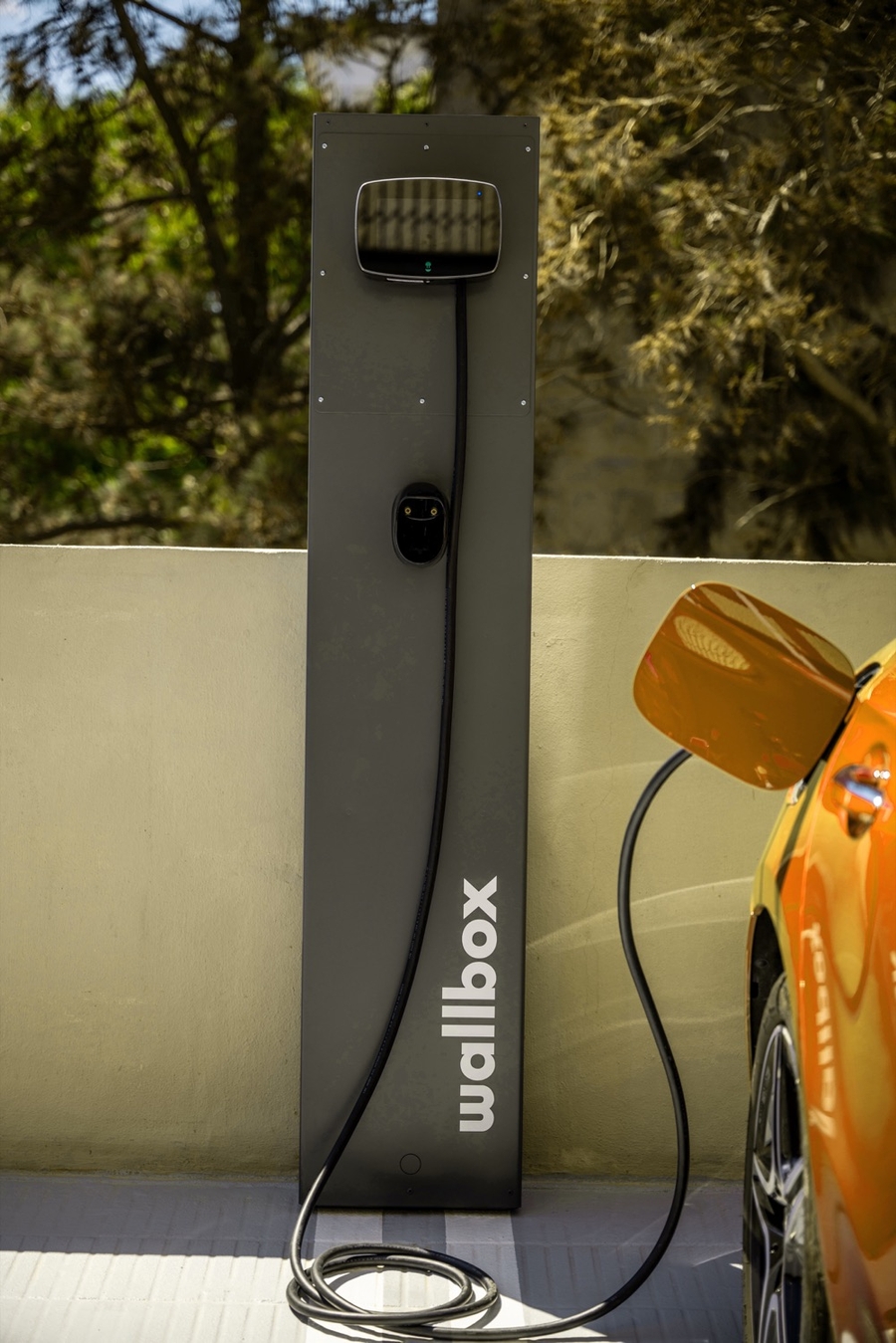Charging your electric vehicle is super easy, you plug in the cord and charge away. One of the big advantages with EVs is you can charge up at home and while at work, allowing you to avoid having to queue at petrol stations. There’s also a growing number of public EV charging options for when you’re out and about, too.
Portable three-pin charging cable: Most EVs come with their own portable chargers, which, can be plugged into a normal power point. These types of chargers should have an in-cable control and protection device (ICCPD). You should not use a charger without an ICCPD.
Charging with a three-point plug will provide around 100km of range in around 8 - 10 hours. This is fairly slow - so it won’t be much good if you need an urgent top-up or if you are charging larger and newer model EVs with batteries larger than 30kW.
If you do a lot of running around or have an EV with a larger battery, and you’ve got a spot in your garage that’ll fit a wall-mounted charging unit, it may be worth investing in a more advanced or ‘smart’ EV charger.
Public chargers: There’s now a strong, continuously growing national network of charging stations. Many of these stations have fast chargers that can give you approximately an extra 100km of range in about 15 minutes. These stations have, and are, aiding in EV take up in general as they are helping to reduce range anxiety, previously one of the biggest barriers many have had about investing in a new EV.
Waka Kotahi, the NZ Transport Agency has a map of all electric vehicle charging stations throughout the country here. It’s regularly updated and features the address and details of all public charging stations. You can also visit PlugShare and use their journey planner page to map out charging stations while you are on the go.
Smart EV chargers: A smart EV charger can offer easier, safer, and faster charging. They can also enhance the management of your EV - allowing you to connect to your charger remotely to monitor and control your EV’s charging via an app on your phone.
We offer customers the ability to install a range of Wallbox Smart EV chargers and pay it off over 24 months on your account.



